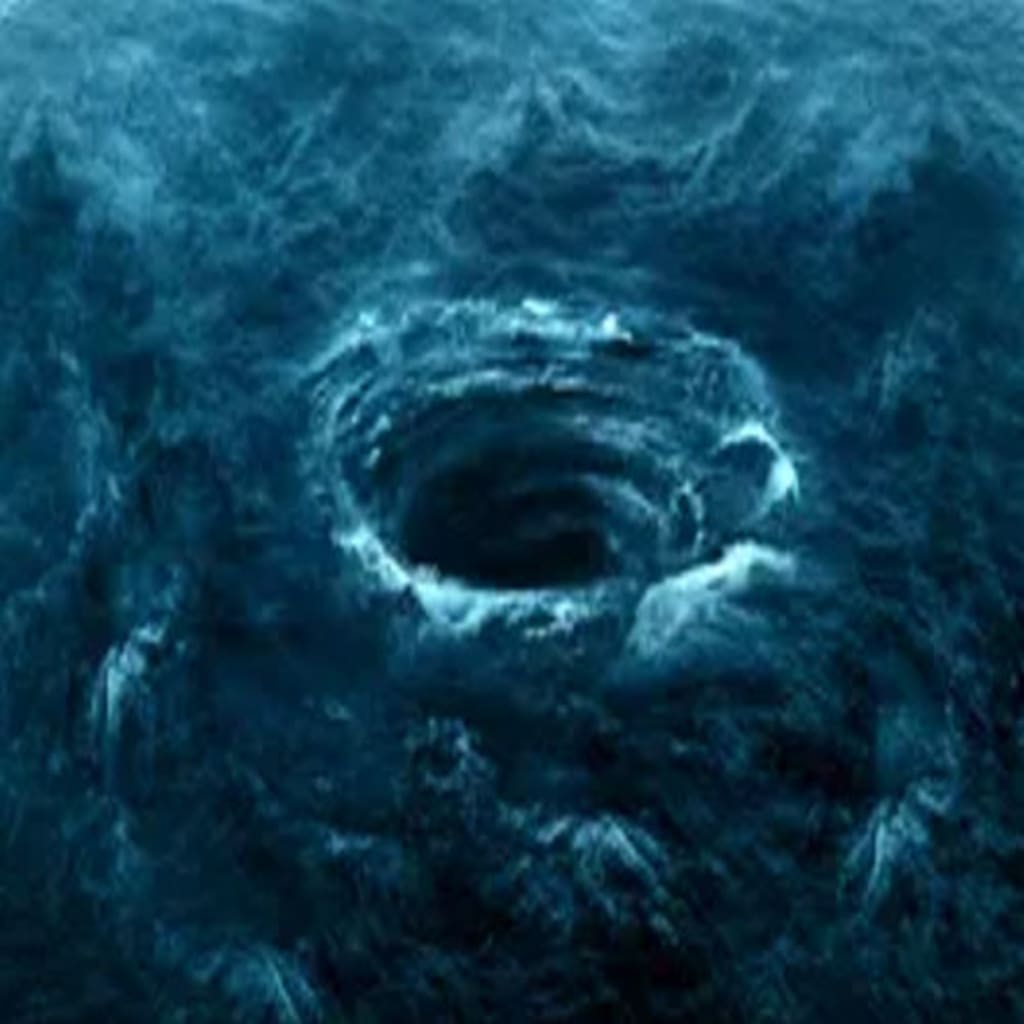The Truth About the Bermuda Triangle
What's really happening?

The Bermuda Triangle, also known as the "Devil's Triangle," has captured the imagination and fear of millions of people for over two centuries. In this article, we will explore the mysteries surrounding this infamous region, examine some of the historical incidents that fueled its reputation, and uncover the scientific explanations that debunk the myths.
The Enigma of the Bermuda Triangle
The Bermuda Triangle is a triangular area in the North Atlantic Ocean, bordered by Miami, San Juan, and Bermuda. Its mystique began centuries ago, with Christopher Columbus encountering unusual phenomena during his voyage through the region in 1492. Columbus noted strange compass behavior and sightings of a peculiar, flickering light on the horizon. These events marked the earliest recorded anomalies in the area.
Over time, more incidents occurred in the Bermuda Triangle, contributing to its ominous reputation. In 1606, an English ship carrying 150 travelers was wrecked near Bermuda due to a massive hurricane. Although this was a weather-related event, it played a role in shaping perceptions of the region as cursed or vexed.
One particularly eerie incident took place in 1881 when a ship sailing from Liverpool to New York reported encountering a ghost ship within the Bermuda Triangle. Crew members claimed to have boarded the phantom vessel, only to be separated from their own ship by a storm. When they finally reunited, the ghost ship was devoid of any crew members. These stories, while intriguing, lack concrete evidence.
Twentieth Century Mysteries
The Bermuda Triangle's reputation as a mysterious and perilous place intensified in the twentieth century. One of the most notable disappearances involved the USS Cyclops, one of the U.S. Navy's largest ships, in 1918. Carrying 300 crew members and passengers, it vanished while en route from Brazil to Baltimore. The ship never issued an SOS distress call, and no wreckage was ever found. This incident baffled the Navy and contributed to the Triangle's mystique.
Subsequent naval vessels also disappeared within the Bermuda Triangle, such as the USS Proteus in 1941 and another ship carrying 61 people in 1942. However, it was during World War II that the disappearances of aircraft became more prominent. In 1945, a squadron of five U.S. Navy bombers, collectively known as Flight 19, vanished during a training exercise over the Grand Bahama Island. A rescue plane sent after them also disappeared without a trace.
In the years following World War II, the term "Bermuda Triangle" was coined, and the region gained widespread attention. Numerous books and articles were written about the mysterious happenings in the area. Some authors ventured into speculative territory, suggesting connections to ancient civilizations, energy anomalies, magnets, crystals, wormholes, and even the tearing of spacetime. These theories, while intriguing, lacked solid scientific grounding.
Separating Fact from Fiction
The Bermuda Triangle mystery thrived on storytelling and the allure of the unexplained. However, it is essential to distinguish between stories and evidence-based explanations. While it is easy to become captivated by mysterious tales, we must remain vigilant about the power of storytelling to blur the lines between fact and fiction.
Scientific hypotheses offer rational explanations for the phenomena in the Bermuda Triangle. Some propose disturbances in geomagnetism that affect compasses and navigational tools. Others point to methane blowouts, which can cause explosions and craters capable of engulfing ships. Hurricanes are a known danger in the Caribbean, where the Bermuda Triangle is located, and can lead to rogue waves, massive waves that pose a significant threat to vessels.
Seeking the Truth
To understand the reality of the Bermuda Triangle, we must rely on comprehensive data and evidence. It is crucial to approach this mystery with skepticism and critical thinking. While stories may capture our imagination, they do not constitute proof. Instead, we should turn to data and analysis to unravel the enigma.
In-depth investigations into maritime casualties worldwide reveal that the Bermuda Triangle does not stand out as an exceptionally dangerous area. When examining a broad range of incidents, it becomes clear that the region does not possess an unusual concentration of disasters. In fact, the Bermuda Triangle's accident rate is significantly lower than the global average.
In 2021, only 0.02% of the 8,634 boats passing through the Bermuda Triangle experienced accidents, which is 90 times lower than the global average. These statistics challenge the notion that the Bermuda Triangle is a cursed or perilous place.
Conclusion
The Bermuda Triangle's reputation as a mysterious and perilous region has been fueled by captivating stories and anecdotes. However, a closer examination of scientific hypotheses and comprehensive data reveals rational explanations for the phenomena within the triangle. It is essential to approach such mysteries with skepticism and rely on evidence-based analysis to separate fact from fiction. While the allure of the unknown is captivating, the truth often lies in the rigorous scrutiny of data and empirical evidence, rather than in sensational storytelling.
About the Creator
Enjoyed the story? Support the Creator.
Subscribe for free to receive all their stories in your feed. You could also pledge your support or give them a one-off tip, letting them know you appreciate their work.





Comments
There are no comments for this story
Be the first to respond and start the conversation.